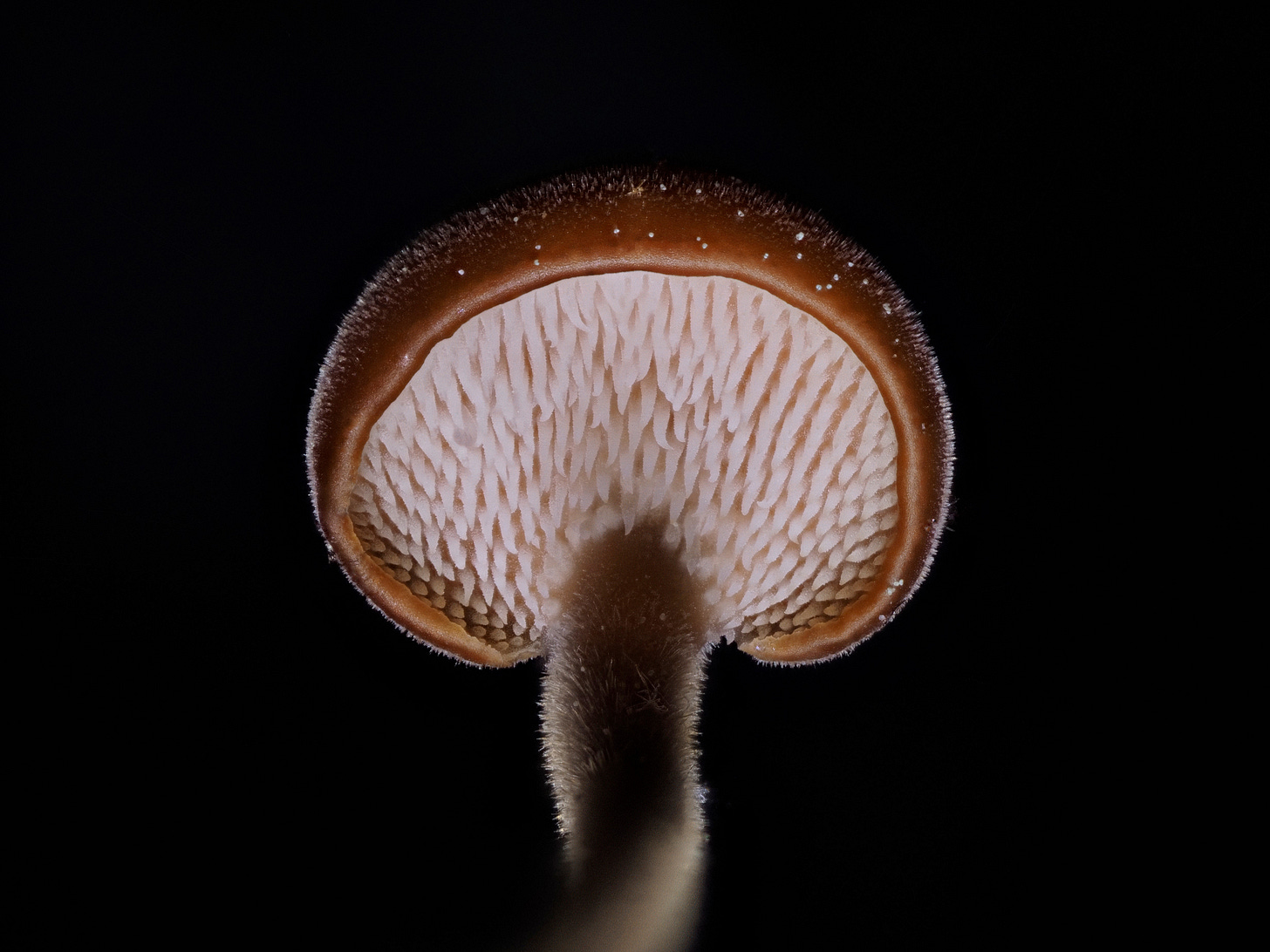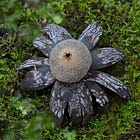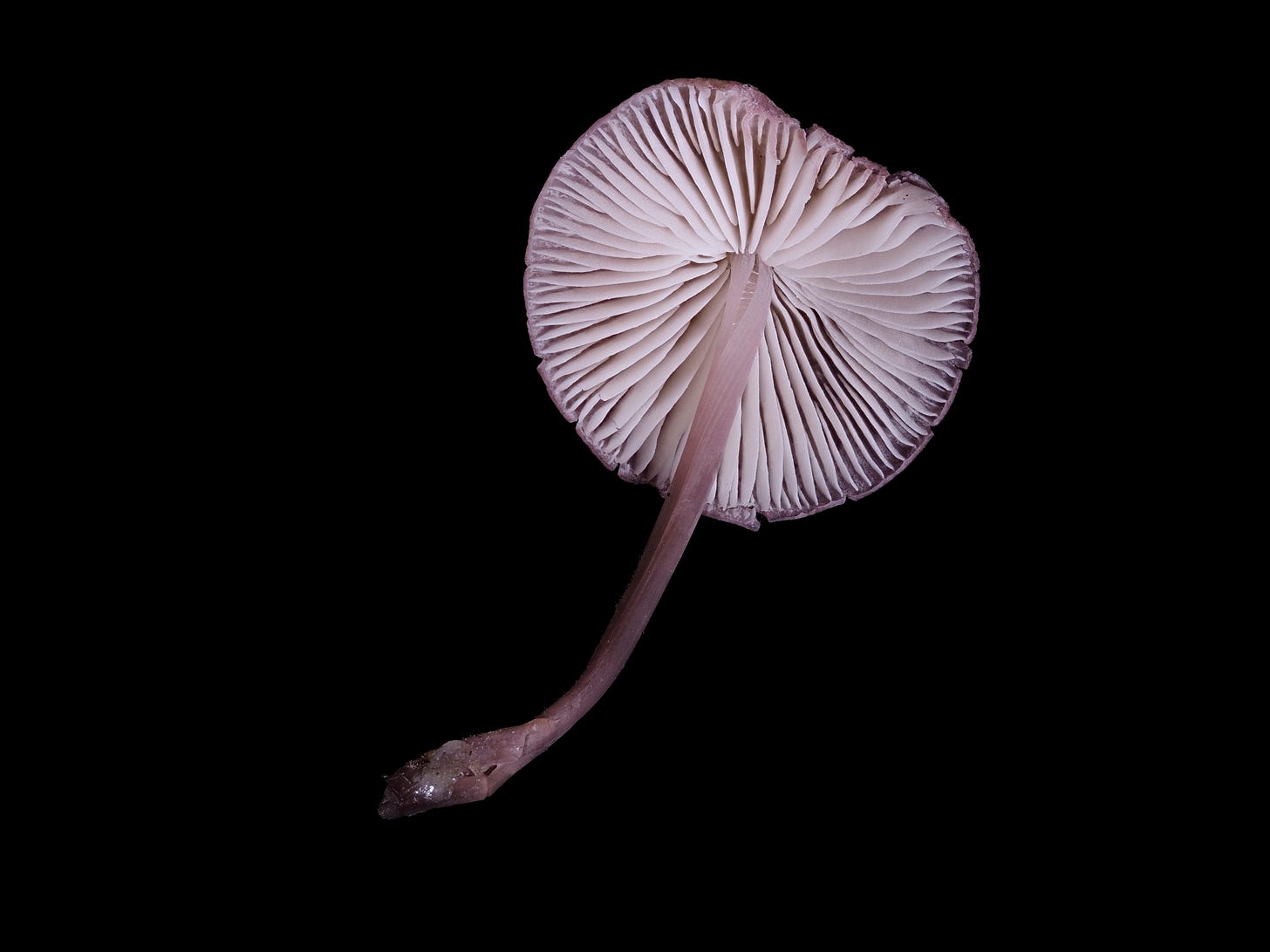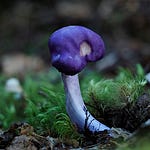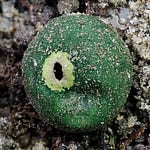It’s clear and sunny. The past few days were overcast and rainy, so I’m glad to get out of my hotel room. I’m in the southern part of Jeju Island, aka the “Hawaii of S. Korea,” in the city of Seogwipo.
This is my first visit to Korea, and despite common advice that a car is necessary to navigate the island, I’ve found the buses to be both convenient and punctual.
Just a short distance from my hotel is the famed Olle 7 Route, known for its cliffside views and turquoise blue coastline. Along this route, I spot many hikers with backpacks who pitch tents and enjoy freedom camping throughout the island.
The path is well-maintained and flanked by volcanic stone walls.
Local vendors sell pumice, tangerines, and small statues of Dol Hareumba (meaning “stone grandfather” in the Jeju dialect) — iconic figures with bemused expressions that pop up around the island.

They have large pupil-less eyes and hands resting on their bellies. Atop their heads sit mushroom-shaped hats, which have led to some interesting theories—one being that the hats resemble the hallucinogenic Amanita muscaria, which can be found at Hallasan Mountain.
Hallasan, revered as one of the Three Spirit Mountains in Chinese literature, is abundant in mushrooms, suggesting a connection that Northern shamans initiated a magic mushroom cult on Jeju, using dol hareubangs as threshold guardians against malevolent spirits.
While it’s fun to entertain the idea, the other theories include that they were introduced by seafarers or they’re just related to mainland Korea's jangseungs (totem poles).

I make my way to a pine forest, heading to a small mountain (삼매봉). Steep steps take me up to a peak. On the way, I noticed most of the mushrooms are growing from pinecones and conifer leaves.
It’s this kind of environment that special "ear-pick fungus” grows. It’s common in northern temperate regions, but I rarely spend time this far north of the equator.
I quickly find what I’m looking for, and they’re larger than what I’d expected.
I spot a few Auriscalpium that are all at varying growth stages.
In Latin, auris, “ear,” and scalpo, “I scratch”, refers to the common name ear-pick fungus.
Other names include pinecone mushroom, cone tooth, or fir-cone Hydnum when it was still considered a member of that genus (first described in 1753 by Carl Linnaeus).





I also found edible Suillus sp., aka “Slippery Jacks.” The last time I came across these was in Scotland on the Isle of Arran.



I also found some Barometer Earthstars that are different in texture compared to the ones I found in Nara.
Small pink Mycena species. I check for bioluminescence, but no luck. I hope to find M. pura and similar species to detect any glow.

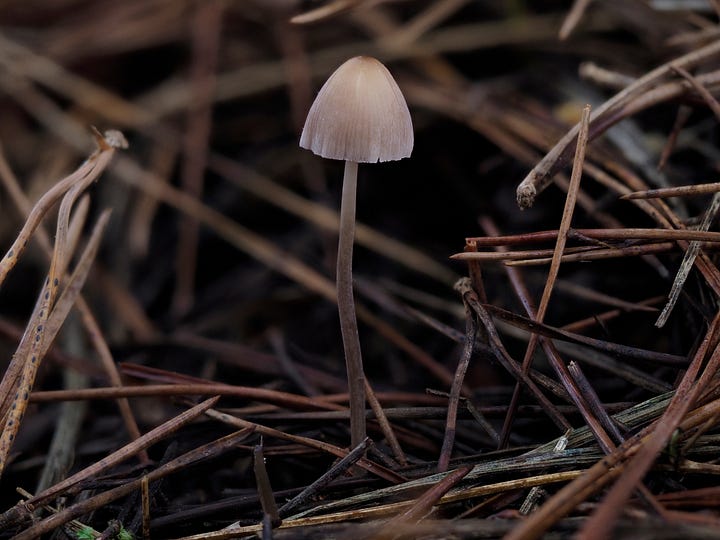
I also found many tiny pink dots — Complex Lycogala epidendrum, or Wolf’s Milk slime mold. I’ve also heard them called “poor man’s toothpaste.”



I'm looking out the window now, and it’s overcast. I'm keeping my fingers crossed. I reckon if it rains more, I can have some luck finding new and interesting growth—hopefully, morels or stinky squid (Pseudocolus fusiformis). Till next time!



